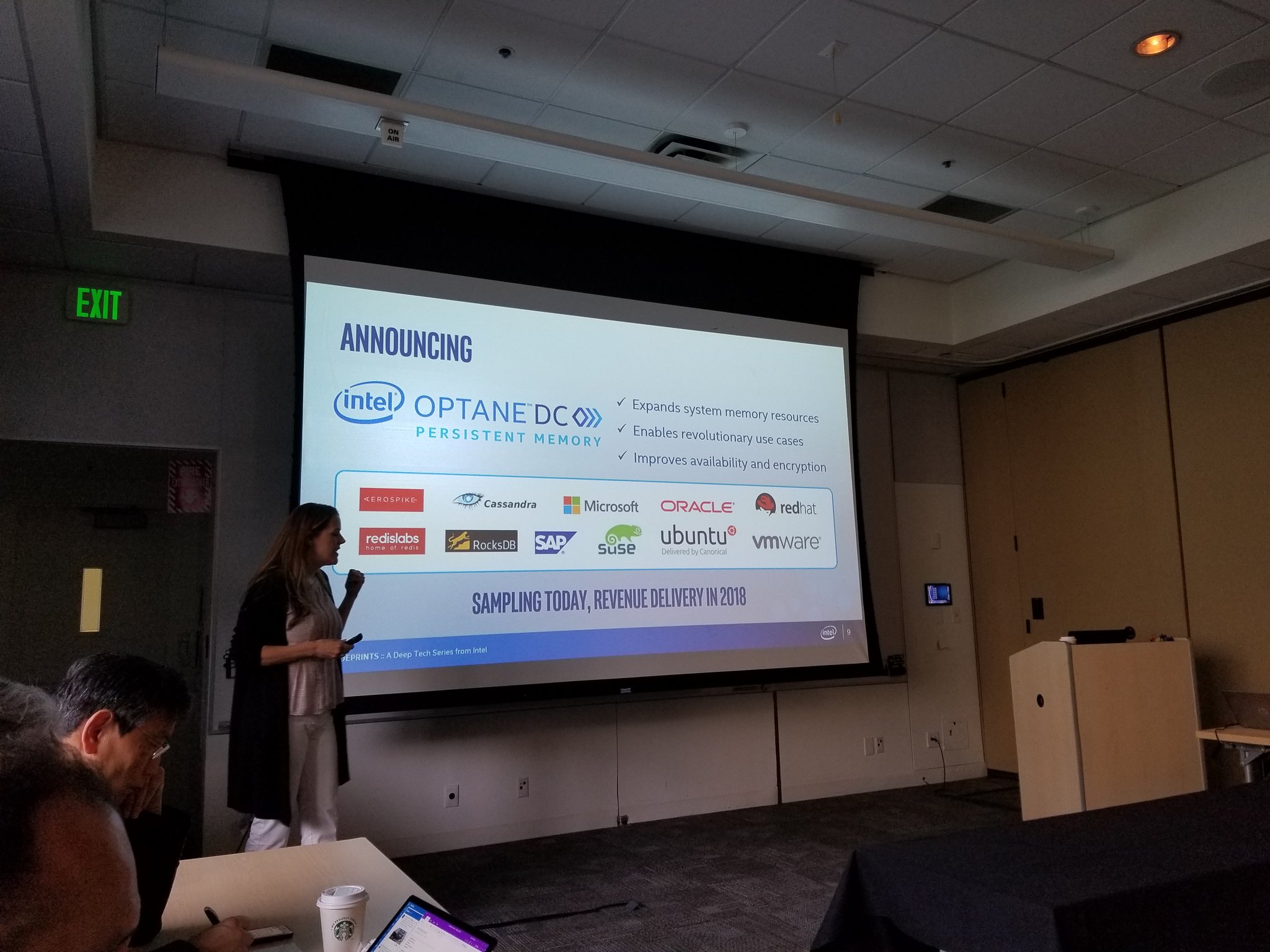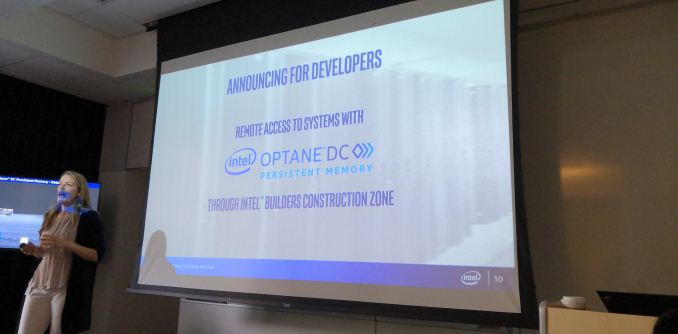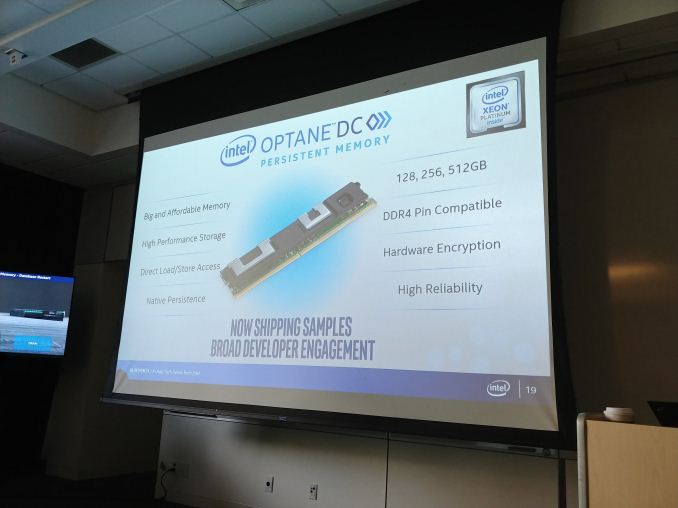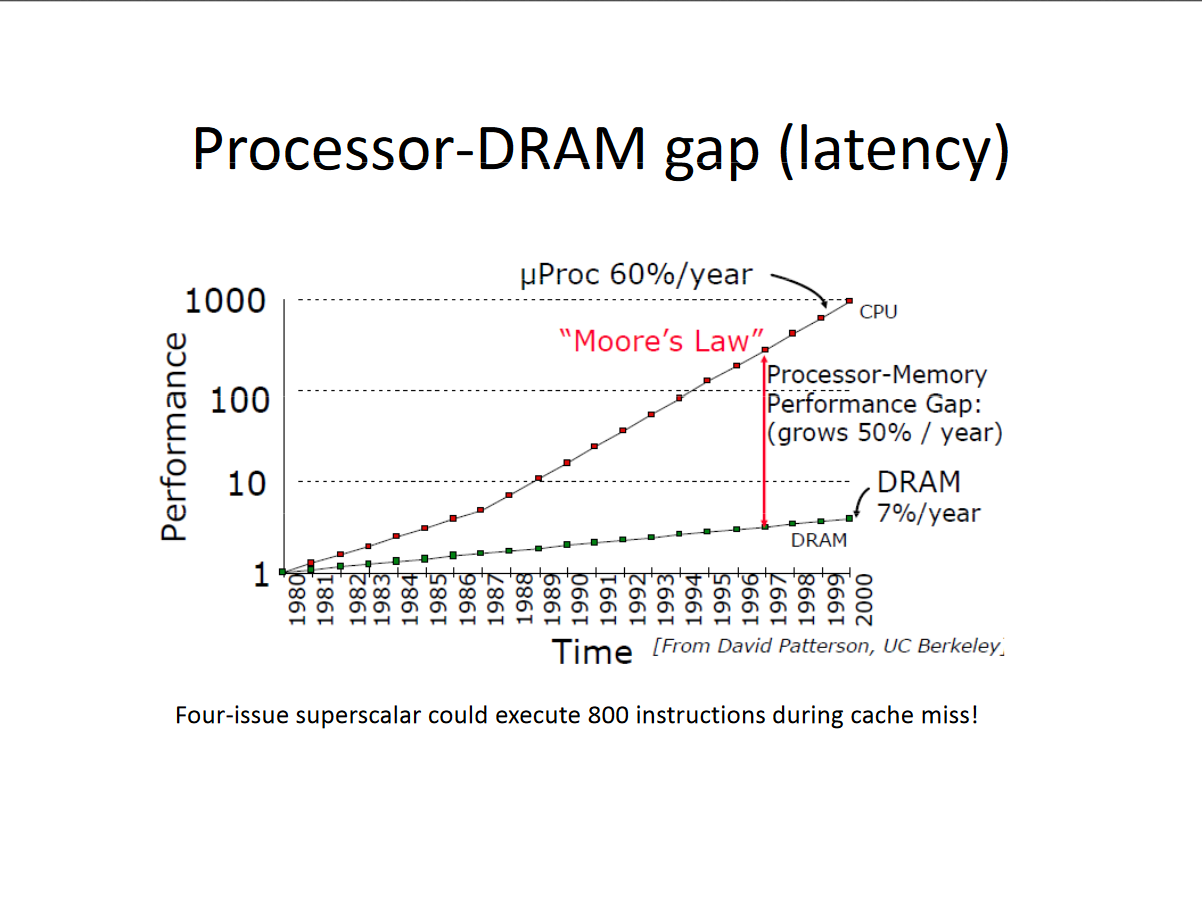cbn
Lifer
- Mar 27, 2009
- 12,968
- 221
- 106
Gigabyte has four Z370 boards with "built-in"* 32GB Optane:
https://www.techpowerup.com/243513/...h-exclusive-built-in-32gb-intel-optane-memory
https://www.gigabyte.com/MicroSite/496/optane.html
*It is not really built-in, but rather a regular M.2 2280 32GB Optane stick (3 out of 4 models also have a heatspreader on it).
https://www.techpowerup.com/243513/...h-exclusive-built-in-32gb-intel-optane-memory
https://www.gigabyte.com/MicroSite/496/optane.html
*It is not really built-in, but rather a regular M.2 2280 32GB Optane stick (3 out of 4 models also have a heatspreader on it).
Last edited:












